Our System has eight planets which orbit the Sun. Mercury, Venus, Earth and Mars, the closest, are rocky planets. Jupiter, Saturn, Uranus and Neptune, the furthest away, are gaseous planets
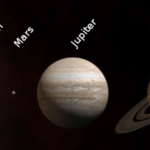
How does the Sun work ?
The Sun represents 99.6% of the Solar System’s mass. The pressure is so intense at its core that hydrogen atoms fuse. When two atoms fuse, a huge amount of energy is released.
The Formation of the Solar System
4.6 billion years ago, a primitive nebula (cloud of matter) collapsed under its own weight, leaving a protoplanetary disk, and causing the formation of the Sun and planets.
The planets gradually attracted all bodies of matter in their orbit, starting a rotation in the same direction and on the same plane as the protoplanetary disk. Radioactivity, gravity and physical impacts caused a fusion to occur. During cooling, the heavy elements migrated to the centre, causing planetary differentiation.
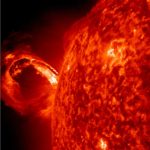

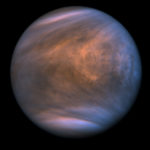

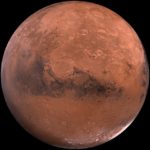
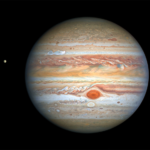
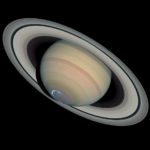
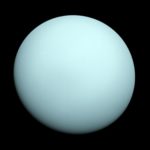
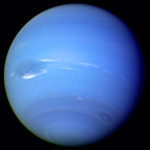
Click here to explore our Solar system.
Other applications on the NASA website to discover space or take selfies !